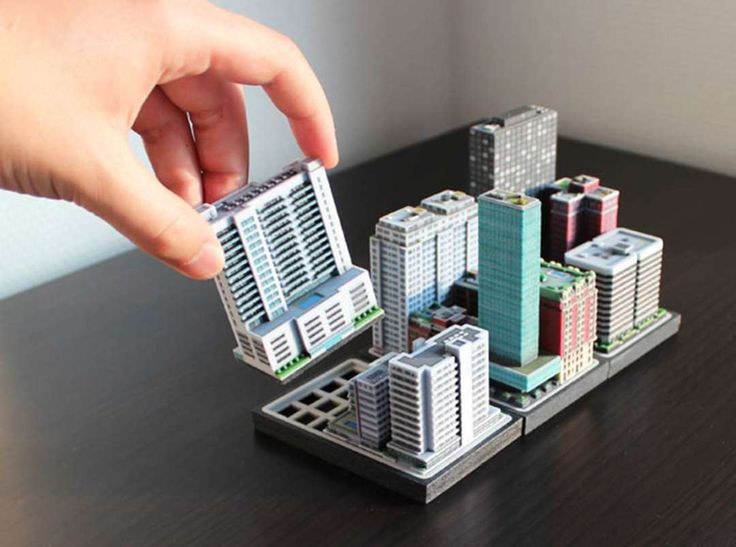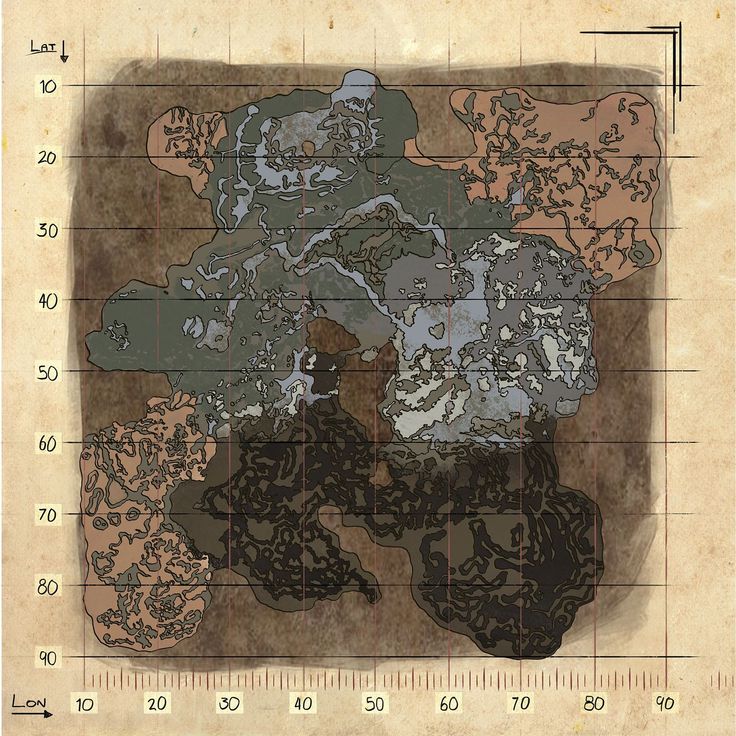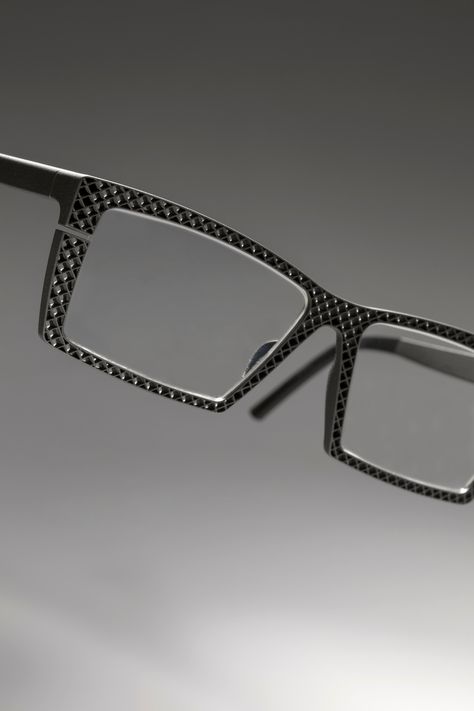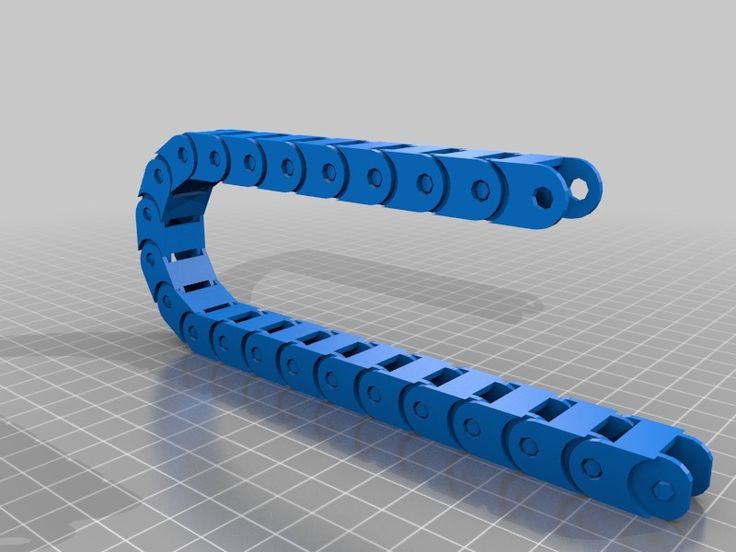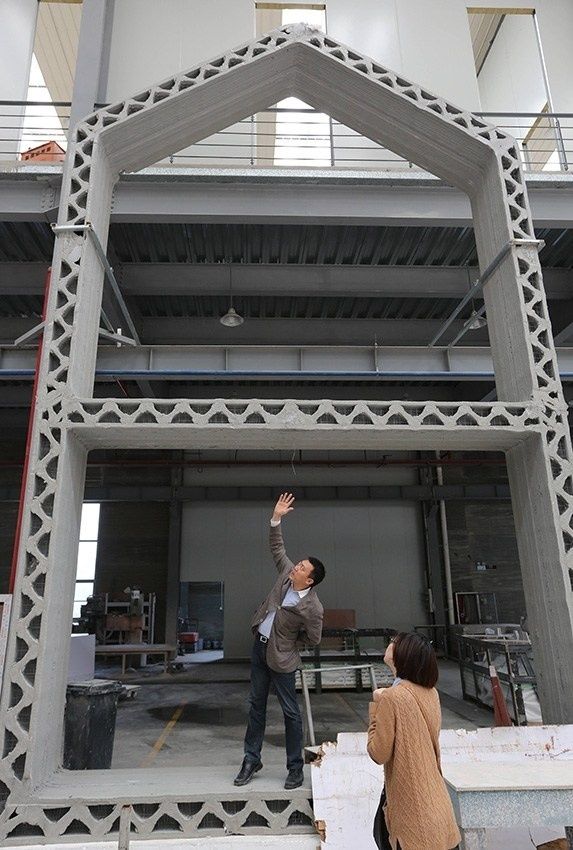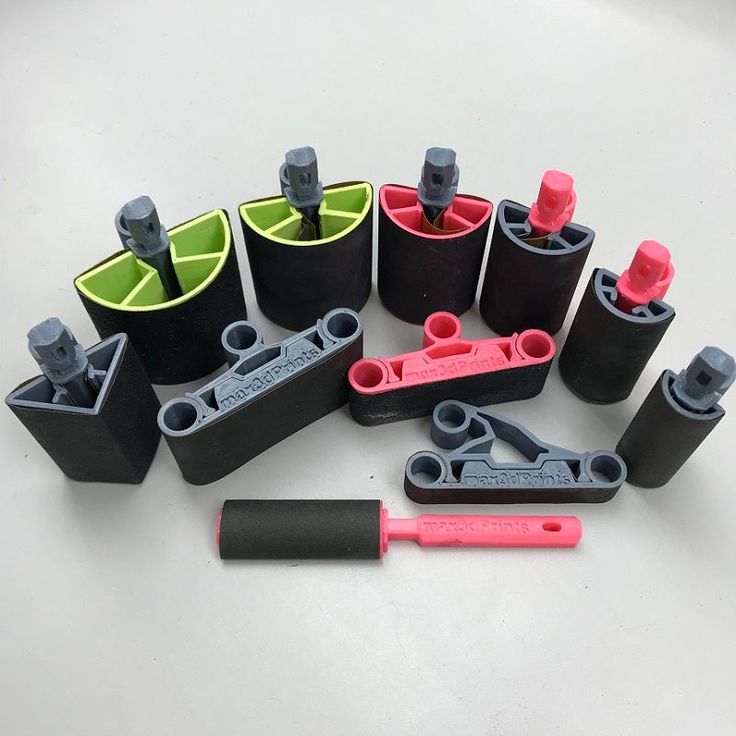3D printed bullet proof vest
3D printed nanomaterial could replace kevlar and steel for bulletproof armor
0Shares
The Institute for Soldier Nanotechnologies (ISN), made up of the MIT, Caltech, ETH Zurich and the US Army Research Lab, has used 3D printing technology at the nanoscale to form a material that is reportedly more effective at stopping a projectile than Kevlar or steel.
Thinner than a single human hair, the material is made from tiny carbon struts that form interconnected tetrakaidecahedrons – structures with 14 faces – that are fabricated via two-photon lithography.
According to the team, the nano-architected material could potentially replace kevlar for a wide array of bulletproof protective gear used by the armed forces.
According to Julia Greer, Materials Scientist at Caltech, “the knowledge from this work could provide design principles for ultra-lightweight impact-resistant materials for use in efficient armor materials, protective coating, and blast-resistant shields desirable in defense and space applications. ”
Engineering material structures at the nanoscale
Nano-architected materials have a structure that is designed at the nanometer scale, enabling scientists to engineer virtually any imaginable 3D shape with desirable properties. While the strength of nano-architected materials has been previously studied under compression and tension, the ISN team sought to explore how such a material might survive high-speed impacts.
The material developed by the ISN consists of interconnected tetrakaidecahedrons made up of carbon struts that are arranged via two-photon lithography. Greer’s team has been exploring the capabilities of two-photon lithography in printing nanoscale 3D printed objects since 2018.
The tetrakaidecahedron structure was first proposed by Lord Kelvin in the 19th century as theoretically one of the most efficient structures possible for filling space with duplicates of itself.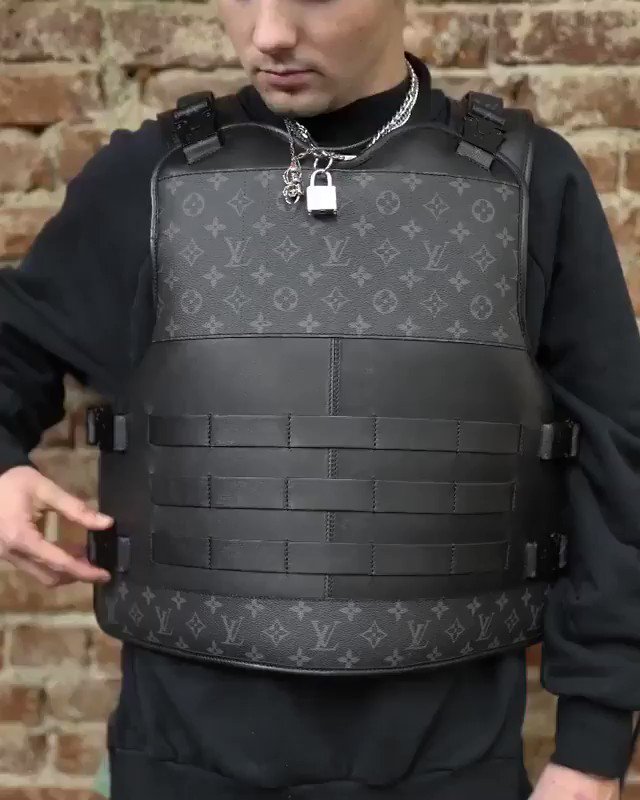
A light-sensitive photoresist forms the basis of the nano-architected material, conforming its shape based on light exposure from the lasers during the two-photon lithography process. During this process, a tightly focused laser is traced within the photoresist in three dimensions, solidifying the material until the full structure is printed. The printed structures are then pyrolyzed via burning in a furnace at extremely high temperatures to convert the polymer to pyrolytic carbon.
Two versions of the ultra-thin material were created with different densities and blasted with microparticles of 14-micron diameters at speeds of between 40 and 1,100 meters per second. For reference, the speed of sound is 340 meters per second. The denser version of the material was found to be more resilient to the blasts, with the microparticles embedding themselves in the material rather than tearing through, as would be the case with either fully dense polymers or carbon sheets of the same thickness.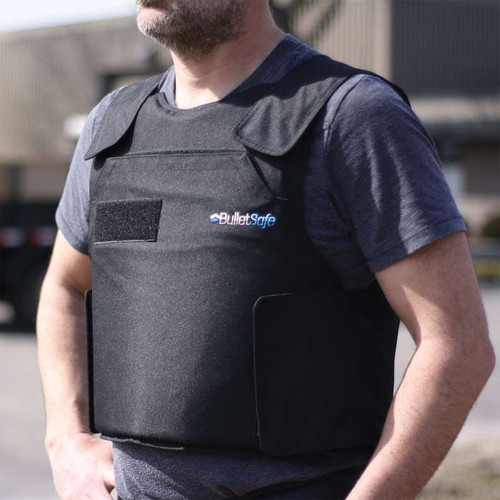
The carbon struts immediately surrounding the microparticle were observed to crumple while the overall structure remained intact. According to the ISN team, pound for pound the nano-architected material outperformed steel by more than 100 percent, and Kevlar composites by more than 70 percent.
“Historically, this geometry appears in energy-mitigating foams,” said Carlos Portela, Assistant Professor of Mechanical Engineering at MIT and lead author of the paper. “While carbon is normally brittle, the arrangement and small sizes of the struts in the nano-architected material gives rise to a rubbery, bending-dominated architecture.
Material fabrication and results of the microparticle impact experiments. Image via Nature Materials.“We show the material can absorb a lot of energy because of this shock compaction mechanism of struts at the nanoscale versus something that’s fully dense and monolithic, not nano-architected.”
The ISN partners believe the developed material has the potential to replace Kevlar and steel for armor materials, protective coating, and blast-resistant shields used by soldiers in the armed forces. However, further development still needs to be undertaken before the material can be used in real-world applications.
However, further development still needs to be undertaken before the material can be used in real-world applications.
Going forward, the researchers will seek to find ways to scale up the production of the material and explore how other nano-architected materials can hold up under high-speed impacts.
Further information on the nano-architected material can be found in the paper titled: “Supersonic Impact Resilience of Nanoarchitected Carbon”, published in the Nature Materials journal. The study was co-authored by C. Portela, B. Edwards, D. Veysset, Y. Sun, K. Nelson, D. Kochmann and J. Greer.
Impact processes and resulting damage of blasting the material with microparticles at supersonic speeds. Image via Nature Materials.Nanoscale 3D printing
Thanks to the range of potential applications opened up by nanoscale 3D printing, scientists are increasingly looking to optimize the technology and develop new processes, materials, and applications.
For instance, researchers from the University of Dayton have developed an enhanced, cost-effective technique to 3D print nanoscale structures, known as Opto-Thermo-Mechanical (OTM) nano-printing. Utilizing low-cost laser beams, the technique is capable of printing at scales a thousand times smaller than a human hair.
Elsewhere, scientists from Fraunhofer IMM are developing a novel multi-photon lithography process to produce nanoscale metal 3D printed structures, and researchers at the National Institute of Standards and Technology (NIST) have been working on a new method to 3D print gels and soft materials at the nanoscale. According to NIST, the technique could allow for the creation of complex microscopic structures, such as flexible electrodes, biosensors, or soft micro-robots.
Nominations for the 2021 3D Printing Industry Awards are now open, have your say who is leading the industry now.
Subscribe to the 3D Printing Industry newsletter for the latest news in additive manufacturing. You can also stay connected by following us on Twitter and liking us on Facebook.
You can also stay connected by following us on Twitter and liking us on Facebook.
Looking for a career in additive manufacturing? Visit 3D Printing Jobs for a selection of roles in the industry.
Subscribe to our YouTube channel for the latest 3D printing video shorts, reviews and webinar replays.
Featured image shows the ISN has developed a nano-architected material that is reportedly more effective at stopping a projectile than Kevlar or steel. Photo via Caltech.
Tags Army Research Laboratory B. Edwards C. Portela California Institute of Technology Caltech Carlos Portela D. Kochmann D. Veysset ETH Zurich Fraunhofer Institute for Microengineering and Microsystems Institute for Soldier Nanotechnologies J. Greer Julia Greer K. Nelson kevlar Lord Kelvin Massachusetts Institute of Technology MIT NIST University of Dayton Y. Sun
Hayley Everett
Hayley is a Technology Journalist for 3DPI and has a background in B2B publications spanning manufacturing, tools and cycling.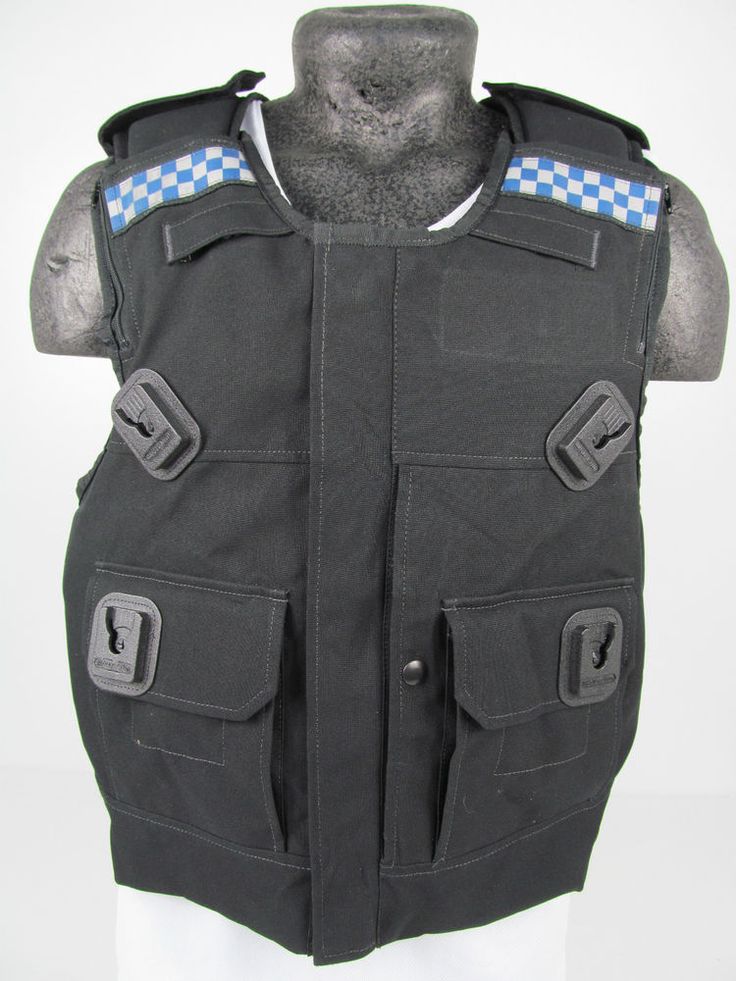 Writing news and features, she holds a keen interest in emerging technologies which are impacting the world we live in.
Writing news and features, she holds a keen interest in emerging technologies which are impacting the world we live in.
Which 3D prints are bulletproof? – Tom's 3D printing guides and reviews
There are some fantastic materials available for 3D printing today – here’s the ultimate test for them!
When I tested the Markforged Mark Two 3d printer and started using the continuous carbon, glass and especially the Kevlar fiber inlays, there was that one question that kept bugging me: Could we actually make 3D prints that are bulletproof? And how well do those normal materials like PLA, ABS and PETG compare?
Could we actually make 3D prints that are bulletproof?
So to be honest, I had no idea how much these 3D printed, plastic parts would be able to withstand. But that’s easy to test out! I started with these 50mm or 2” diameter discs. At first, I only made them 3mm or about ⅛ of an inch thick, since just as a rough estimate, I wanted to test these with an air rifle first before moving on to the big guns.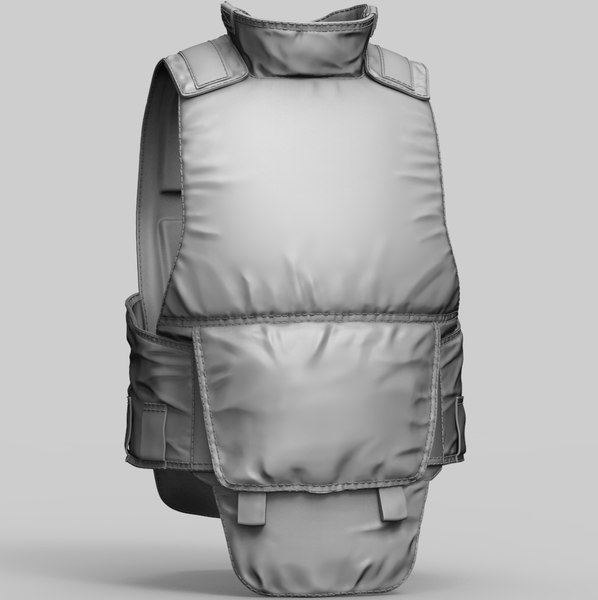 So I called up a friend and we set up a quick slow motion rig, using this old Casio camera, which does do a 1000 frames per second, but, well. You can sorta see what’s going on, but not much more. I printed these test parts with a few different materials that scored pretty well in the Filaween testes, that is regular old PLA and DAS FILAMENT PETG, I’ll bring in a few more standard materials later. I also printed a test part on the Mark Two that was completely filled with continuous glass fiber and one that used Kevlar. All of these were 3mm thick, and I was hoping that would be enough to stop the air rifle’s pellet, which has an energy of less than 7.5 Joules. Relatively speaking, that’s not a lot of energy, but you definitely don’t want to get hit by these. I thought the PETG would at least stand a bit of a chance, but neither it nor the PLA seemed to slow the pellet down at all. Kinda disappointing, I really thought these would be a bit tougher. But once we bring in the Markforged parts, things start looking quite a bit better.
So I called up a friend and we set up a quick slow motion rig, using this old Casio camera, which does do a 1000 frames per second, but, well. You can sorta see what’s going on, but not much more. I printed these test parts with a few different materials that scored pretty well in the Filaween testes, that is regular old PLA and DAS FILAMENT PETG, I’ll bring in a few more standard materials later. I also printed a test part on the Mark Two that was completely filled with continuous glass fiber and one that used Kevlar. All of these were 3mm thick, and I was hoping that would be enough to stop the air rifle’s pellet, which has an energy of less than 7.5 Joules. Relatively speaking, that’s not a lot of energy, but you definitely don’t want to get hit by these. I thought the PETG would at least stand a bit of a chance, but neither it nor the PLA seemed to slow the pellet down at all. Kinda disappointing, I really thought these would be a bit tougher. But once we bring in the Markforged parts, things start looking quite a bit better. Because neither the Glass fiber nor the Kevlar-filled parts cared too much about being shot at. Yeah, they ended up with a bit of a dent, but the Pellet didn’t even scratch the Nylon surface of the parts. Remember, these are all 3D-printed fiber on the inside, and only a thin layer of the Onyx Carbon-fiber-filled Nylon on the surface. So that was promising! But as a video guy, the image from that Casio camera was driving me nuts, so after a quick call with Mark 3D, they agreed to sponsor the costs of this video, which did include renting a Sony RX100, which still does 1000 frames per second, but the image just looks so much better. I also asked them to print a few more fiber-filled parts since I did have to return the Mark Two in the meantime, and they printed a bunch more parts in Onyx Nylon and a few filled with that sweet Kevlar and glass fiber.
Because neither the Glass fiber nor the Kevlar-filled parts cared too much about being shot at. Yeah, they ended up with a bit of a dent, but the Pellet didn’t even scratch the Nylon surface of the parts. Remember, these are all 3D-printed fiber on the inside, and only a thin layer of the Onyx Carbon-fiber-filled Nylon on the surface. So that was promising! But as a video guy, the image from that Casio camera was driving me nuts, so after a quick call with Mark 3D, they agreed to sponsor the costs of this video, which did include renting a Sony RX100, which still does 1000 frames per second, but the image just looks so much better. I also asked them to print a few more fiber-filled parts since I did have to return the Mark Two in the meantime, and they printed a bunch more parts in Onyx Nylon and a few filled with that sweet Kevlar and glass fiber.
Obviously, I would have to step up the material thickness for all of these parts and particularly the regular plastics to stand any sort of a chance against a .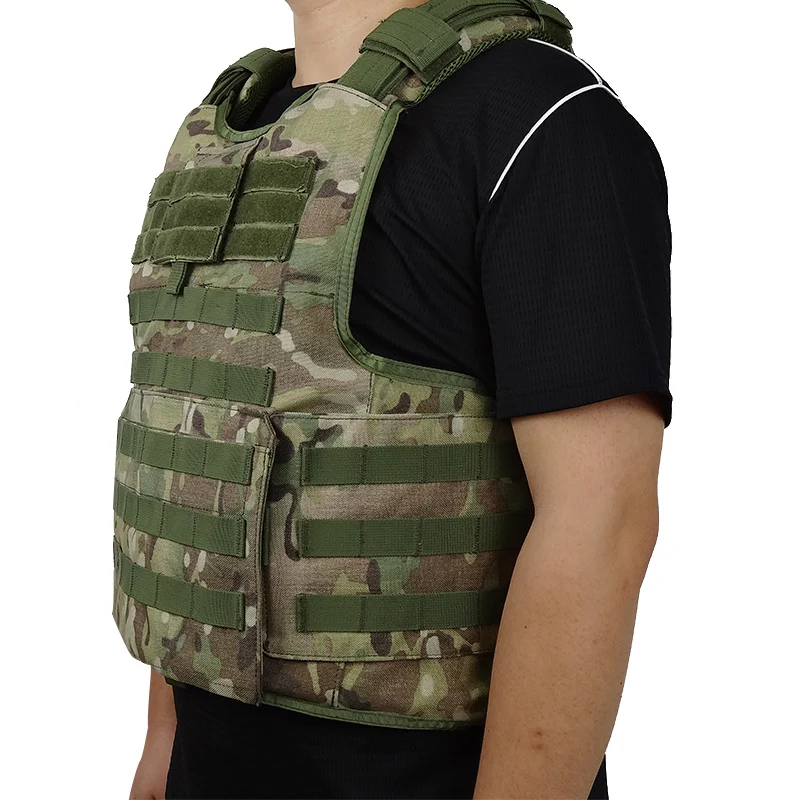 22 and .45 caliber bullets.
22 and .45 caliber bullets.
I also needed some sort of a holder for these parts, and probably as more of an excuse to use the converted CNC mill, I made this part from aluminum. But as it turns out, a converted 3D printer is not the best choice for doing heavier work like this. Who would have thought?
CNC mill built from a 3D Printer!I also printed a bunch more parts, going for 5, 10, and 20mm thick discs, using the translucent green DAS FILAMENT PLA, bright green rigid.ink PLA Plus+, which is an impact-modified type and if there’s anywhere that property would shine, It would be with actual impacts. I also used the brown DAS FILAMENT PETG again and threw in REC ABS in grey, since one of the core properties of ABS is, again, that impact resistance. It ended up being quite a bit of material with two full sets of all these pucks, the largest ones are almost 50 grams of material each.
And then it was time to head to the shooting range. They’ve not had a major accident on this range so far, and I didn’t want to have caused the first one, so we decided to scrap the aluminum holder and went for wood and duct tape instead.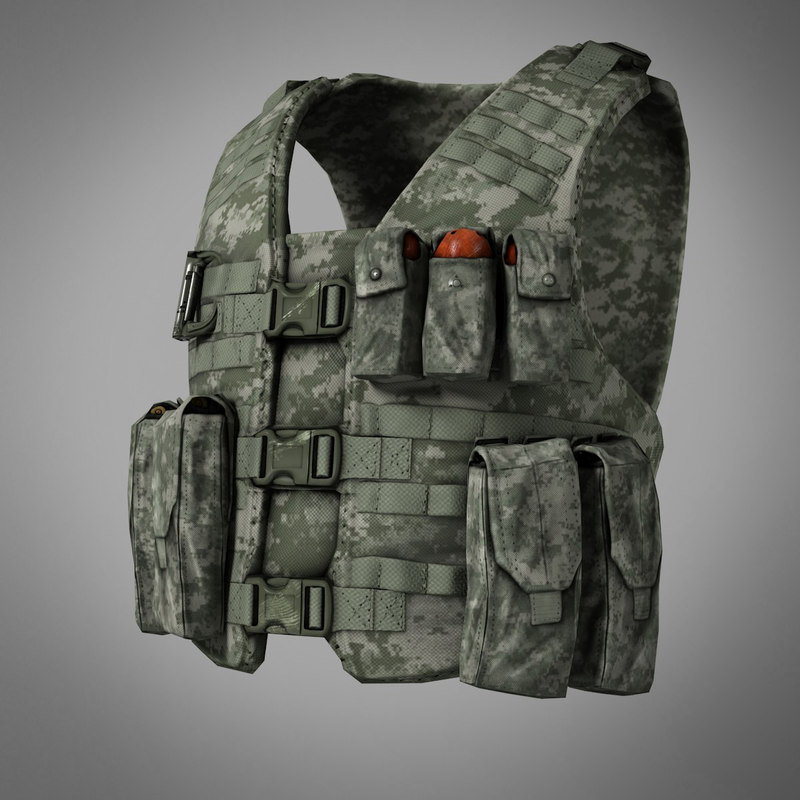 Still worked, not quite as fancy, but probably a bit safer and if we actually hit the wood, it’s probably going to look pretty good on camera, too!
Still worked, not quite as fancy, but probably a bit safer and if we actually hit the wood, it’s probably going to look pretty good on camera, too!
First round: The .22 small-bore. While these are the smallest common caliber for a firearm, they already have over 20 times as much energy as the air rifle, so they’re definitely no joke. And almost as expected, none of the smaller 5mm thick parts stood any sort of a chance, even the fiber reinforced parts didn’t manage to stop the .22 bullet. However, when I taped the old 3mm part back on, that was already bent from the air rifle, it did stop the bullet, but it was backed up against the wood, while the other parts were only supported at their edges. Moving on to the 10mm thick parts, we can start seeing how the different materials perform. The PLA just gets a fairly clean hole stamped out, and the same for the impact-modified PLA Plus+ and ABS. However, PETG completely shatters into bits, it doesn’t stop the bullet, but as it breaks, we can see that it doesn’t break along layer or extrusion lines, but into mostly random bits, so once again we can confirm that the 3D prints with copolyesters make for parts that don’t differ too much in strength from mass-produced, injection-molded parts.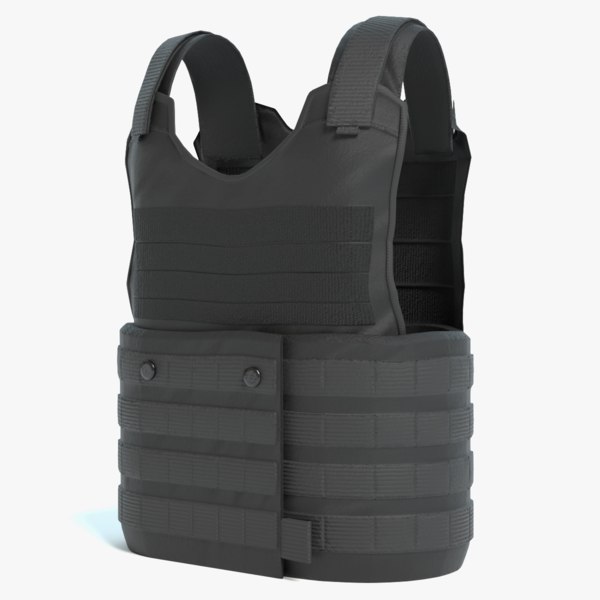 The Markforged Onyx Nylon part shows almost the opposite, with a perfectly rectangular hole around its back. So what about fiber? Well, this is pretty cool! At just 10mm thick, which is around ⅜ of an inch, both the glass fiber and the kevlar managed to stop the .22 bullet. The glass fiber didn’t even bend, and the largest part of bullet just bumped right off, there’s a tiny bit stuck inside and the layers did split, but that’s about it. The Kevlar part did bulge out on the back and split off half of the print completely, but also managed to stop to bullet. But it was definitely time to upgrade the wooden holder, as the cheap OSB part was starting to crack quite a bit.
The Markforged Onyx Nylon part shows almost the opposite, with a perfectly rectangular hole around its back. So what about fiber? Well, this is pretty cool! At just 10mm thick, which is around ⅜ of an inch, both the glass fiber and the kevlar managed to stop the .22 bullet. The glass fiber didn’t even bend, and the largest part of bullet just bumped right off, there’s a tiny bit stuck inside and the layers did split, but that’s about it. The Kevlar part did bulge out on the back and split off half of the print completely, but also managed to stop to bullet. But it was definitely time to upgrade the wooden holder, as the cheap OSB part was starting to crack quite a bit.
So let’s move on the fattest parts, the 20mm pucks. Without any fibers inside, will these be able to stop a bullet? Well, most of them can! Good old PLA actually does quite a good job here, the part fractured, but the bullet didn’t go through. ABS manages to literally catch it without even splintering, and while the PETG part looks like it just gets blasted to pieces, the . 22 bullet does not go through, either. You can actually see the flattened piece of lead tumbling back. The parts that didn’t last were the pure Markforged ONYX, which almost looks like the part didn’t get enough material for the individual 3d printed tracks to completely bond to each other, with perfectly square cracks, as well as the PLA+ part, which, if you look at the entry hole, seemed to flexed around the bullet as it passed through.
22 bullet does not go through, either. You can actually see the flattened piece of lead tumbling back. The parts that didn’t last were the pure Markforged ONYX, which almost looks like the part didn’t get enough material for the individual 3d printed tracks to completely bond to each other, with perfectly square cracks, as well as the PLA+ part, which, if you look at the entry hole, seemed to flexed around the bullet as it passed through.
So overall, I’m impressed! Even the humble PLA can stop a bullet dead in its tracks with a 20mm thick part, and the fiber pucks only needed 10mm to do the same.
Even the humble PLA can stop a bullet dead in its tracks with a 20mm thick part
But of course, stopping there would have been pretty lame. So with the second set of parts, let’s see what the .45 can do! Yet again, this is a much larger and heavier bullet and it’s going to be carrying about three times as much energy as the .22 we just used. I think even the fiber parts are going to have a much harder time.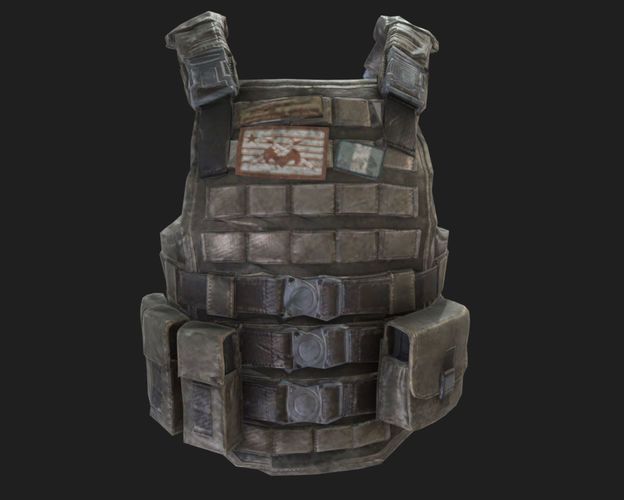
But we’re going to start out with the regular 3D printed plastic samples again skipping right to the 20mm thick one, since we already know the thinner ones aren’t going to be able to do anything, and not surprisingly, even the thicker ones weren’t able to stop the .45 bullet, either. It smashed right through the PLA and PLA Plus+ parts and took a sizeable chunk out of the ONXY sample. Again we see that tunneling effect on the PLA Plus+ and a nice indentation where it hit. The PETG part got completely obliterated, and while it looks like it actually took quite a bit of energy out of the bullet and scraped off bits of the metal jacket, it did not stop it going through. But we did end up finding bits of PETG all around the range afterwards.
And let’s finish this up with the fiber parts, the glass fiber first. And while it looks like it did put up a good fight, ultimately, it got pulled through the hole in the wooden holder, at which point the fibers opened up and let the bullet through. But it looks like it absorbed quite a bit of the energy again, as it almost tipped over the stand and it got the fibers quite solidly stuck in the hole. We had to remove that one by force.
But it looks like it absorbed quite a bit of the energy again, as it almost tipped over the stand and it got the fibers quite solidly stuck in the hole. We had to remove that one by force.
Did the Kevlar part do any better? Um, sort of. Since the Kevlar fibers are softer, the part simply split in half and the bottom half then got dragged through the hole as a single piece. There’s a pretty obvious mark where the bullet hit and it got thrown almost all way down the range. I don’t think we can quite call this stopped.
Maybe with a bit more contact area to the holder parts, these fiber prints would actually be able to stop a .45 bullet, but I think even stopping the .22 with a 10mm thick, 3D printed part is pretty impressive. Again, that’s just about ⅜ of an inch of material.
Regular, fiberless parts did manage to catch that .22 bullet, too, but required 20mm of material to do so and only PLA and ABS were able pull it off without shattering into a million pieces. PETG did stop it, too, but there’s not a whole lot left of it.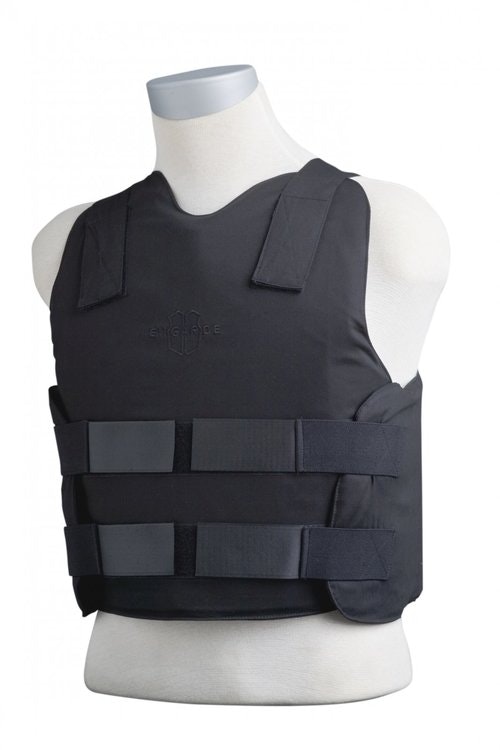
So should you be 3D printing your next bulletproof vest? Well, probably not, these parts were a lot thicker and heavier than something actually made for the job, but these experiments still showed which 3D printing materials are able to take a beating. Obviously, the Markforged continuous fiber materials did extremely well here, even with the thinner prints, but it’s nice to see that sufficiently solid blocks of standard PLA and ABS can still perform really well. And while I usually recommend 3D printing with PETG instead of ABS for most things, I think we might have found the weak spot of PETG. Whereas the ABS part now has a 22 caliber bullet solidly embedded inside it, the PETG just completely shattered after stopping the bullet.
One thing to keep in mind is that not all materials are made the same, so filament from one manufacturer might behave completely different than one from another supplier. There are most certainly ABS materials out there that are much weaker than this one and possibly PETG and copolyesters that don’t shatter as easily.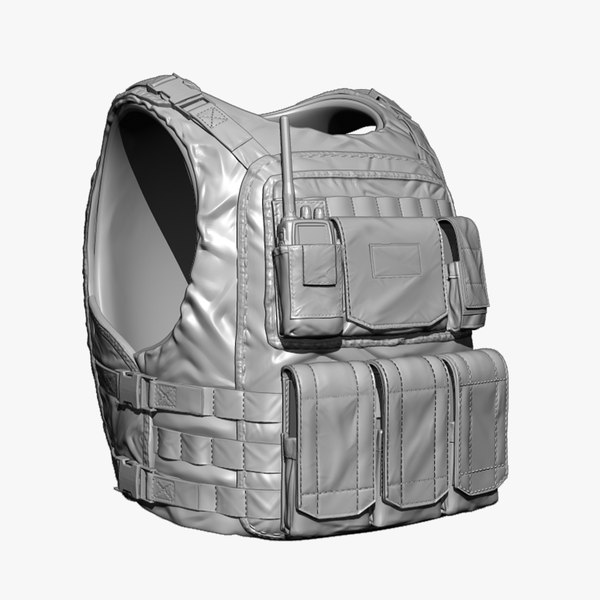 But I think this was still good fun and hopefully educational for you, too. If it was, give the video a thumbs up, and if you know someone that might enjoy it, too, feel free to share it with them.
But I think this was still good fun and hopefully educational for you, too. If it was, give the video a thumbs up, and if you know someone that might enjoy it, too, feel free to share it with them.
3D printers print bulletproof cubes, what's next - bulletproof vests and tank armor?
The latest development in 3D printing - an area where new developments really move quickly and follow one another - is the ability to create cubes that can stop bullets.
Success was achieved by researchers at the Brown School of Engineering at Rice University who printed cubes of "tubular superhard polymers" ( https://news.rice.edu/2019/11/13/theoretical-tubulanes-inspire-ultrahard-polymers/ ), which are light and full of holes, but hard as a diamond.
They are strong enough to stop a flying bullet much more effectively than a solid block of the same material. In other words, the perforated grating has a reinforcing effect - the best examples were found to be 10 times more effective at stopping a bullet than a solid block of the same material.
A bullet fired at 580 m/s was stopped in the second layer of tubular cubes and no "significant structural damage" was observed behind this layer. At the same time, in a solid reference cube made of the same material, cracks passed through the entire block (lower right cube in the image above).
Tubulars are structures of interconnected carbon nanotubes, which are still little studied and are still of purely theoretical interest. But in this work, the theoretical idea was extended to obtain these polymer cubes - with these very impressive results. nine0007
Rice PhD student and lead author Seyed Mohammad Sajadi also noted that when subjected to compressive force in a laboratory press, the tubular blocks collapsed on their own without cracking.
He added that tube-like structures made of polymer, or even metal or ceramic, would only be limited by the size of the printer that would make them.
What's more, optimizing grid design can mean better materials for everything from automotive to aerospace, civil engineering, sports, and even biomedical applications. nine0007
nine0007
Oil and gas companies are also likely to want to use this technology to create strong and durable materials that can be used in deep well construction. Given the ongoing experiments in stopping bullets, it's not hard to imagine that perhaps some sort of lightweight body armor or armor for military vehicles such as tanks could be devised.
Meanwhile, in general, 3D printing is already being used in the construction industry, as we recently saw in the largest 3D printed (two-story) building ever built in the UAE. And there is also the prospect of self-contained eco-cities consisting of printed houses made mostly of mud (that's right, straight from the soil at the construction site). nine0007
-Printed vest for McLaren racers Home The technology company McLaren Technology Group consists of three divisions: McLaren Racing, McLaren Automotive and McLaren Applied Technologies. One of the McLaren team drivers had to undergo a chest operation. This raised the question of his safety while racing. In which case, his chest will not be able to protect his heart and lungs. To keep a team member safe from serious injury, the company turned to additive technology for help. Three-dimensional printing, as it turned out, can be useful not only in the process of manufacturing parts and parts for cars. nine0007 So, in fact, work on the ProjectInvincible project began. Initially, experts measured the rider's chest, and also made a 3D scan of it. Based on this information, it turned out to create a protective vest that can protect against serious injuries. While working on the project, the team consulted with experts in the field of textiles, clothing and materials. The first thing the developers did was to print a prototype plate. After it was tested and finalized, the vest itself was printed. For this, a lightweight composite consisting of Dyneema fibers was used. They are actively used for the production of body armor. Also used are resin construction (complemented with woven threads), rigid carbon fibers for better flexibility and Zylon fibers used in the production of F1 cars. The design of the vest provides for its convenient fastening to the body. Thanks to three-dimensional scanning, the product completely repeats the anatomical shape and curves of the rider. It is comfortable to wear under clothing. As soon as the design team finished the vest, it was put to the test. For this, the product was subjected to shocks and deformations. As a result, the vest successfully passed all tests and tests. You are here
 3D printing is a technology that is actively used at McLaren. For development in this area, she even secured a partnership with Stratasys. nine0007
3D printing is a technology that is actively used at McLaren. For development in this area, she even secured a partnership with Stratasys. nine0007 Project History
2 printers were used to print the product: Stratasys FDM and PolyJet.
How was the vest made? nine0063
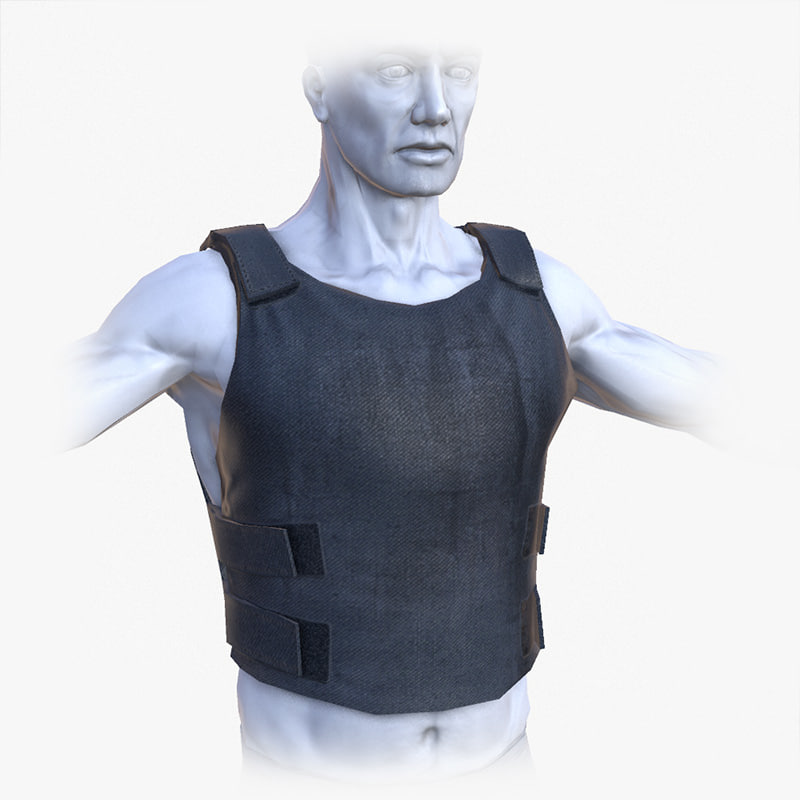
Learn more



